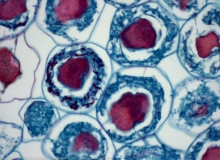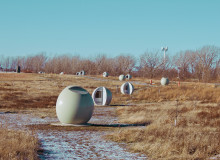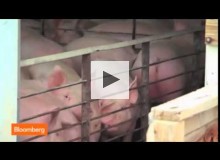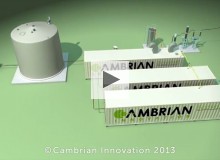biogas
Planet Forward Correspondent | SUNY-Plattsburgh
As the world continues to urbanize, there is increasingly becoming a higher need for green, sustainable architecture. One striking example of this is Parc Frederic-Back in Montreal.

Arbuscular mycorrhizal fungi live in symbiosis with plant roots and are able to store up to 70 percent of organic carbon from leaf litter. (Mark Perkins/Flickr)
George Washington University
In many cases microbes are already helping the planet in underrated ways. Technological developments and advanced genetic engineering make microbiological innovation a major player in climate change mitigation.
Planet Forward
Biofuels have us making energy from all sorts of substances, but Duke University researchers are taking waste-to-energy literally with fuel from pig poop.
Cambrian Innovation
EcoVolt is a breakthrough wastewater treatment system that leverages electrically active microbes to create clean water and high quality renewable methane gas from wastewater.
Elon University
EDITOR’S PICK: The average dairy cow produces 148 pounds of manure per day. With 45,000 dairy cows, North Carolina has an annual manure production of 6 billion pounds. What if that waste could be used to power a house? We’re talking about manure... Read More
Columbia University
Our program within the Columbia University Chapter of Engineers without Borders (CU-EWB) works with the village of Obodan, Ghana to improve sanitation and access to water resources while focusing on developing methods to convert waste to energy via... Read More





